Publikacje
Publikacje HAT Research Center obejmują indywidualne i zbiorowe artykuły, monografie, zbiory esejów, teksty na temat badań nad relacjami między środowiskiem, mediami, technologią i społecznościami. Większość publikacji jest ogólnodostępna i dostępna za darmo dla wszystkich zainteresowanych.
Książki
![(English) Postcollectivity. Situated Knowledge and Practice (A. Jelewska, M. Krawczak, J. Reid [eds.])](https://hat.web.amu.edu.pl/wp-content/uploads/2024/04/postcollectivity-800x1221.jpeg)
(English) Postcollectivity. Situated Knowledge and Practice (A. Jelewska, M. Krawczak, J. Reid [eds.])
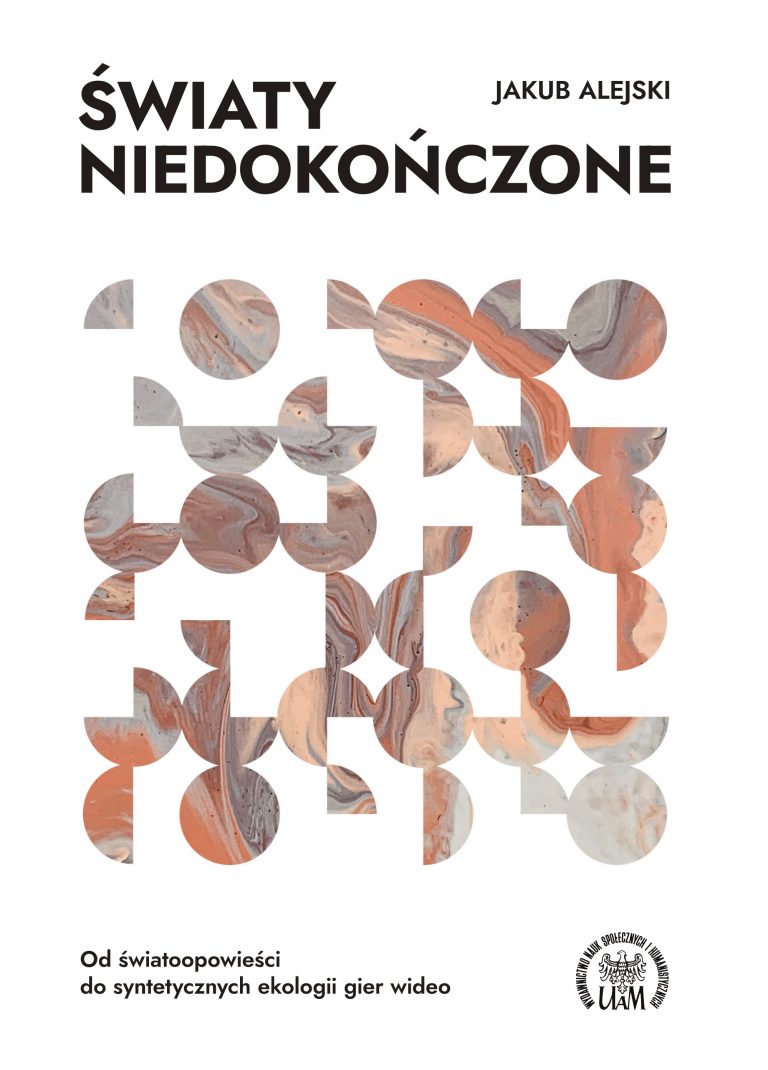
Światy niedokończone. Od światoopowieści do syntetycznych ekologii gier wideo (J. Alejski)

(English) Post-technological Experiences. Art-Science-Culture (ed. M. Krawczak)

O prywatności w świecie nowych technologii. Asymetria przejrzystości (A. Binicewicz)
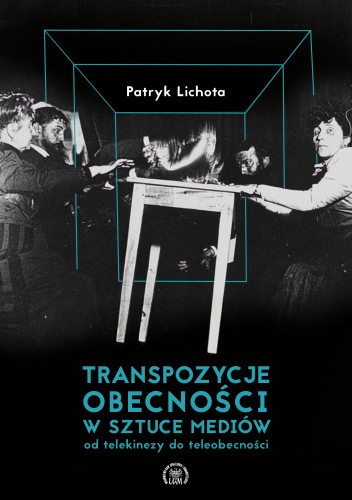
Transpozycje obecności w sztuce mediów – od telekinezy do teleobecności (P. Lichota)
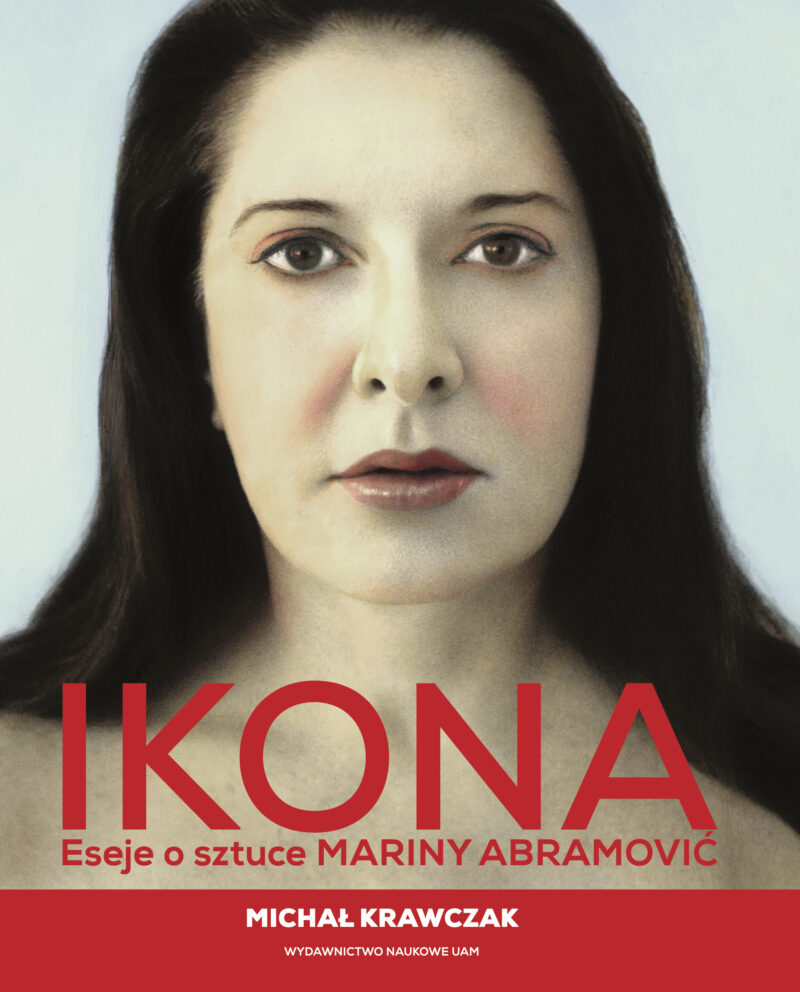
Ikona. Eseje o sztuce Mariny Abramović (M. Krawczak)
Kultura wizualna w dobie terroryzmu (J. Zydorowicz)
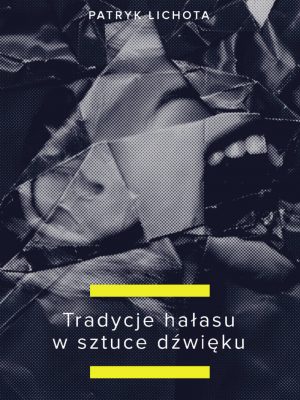
Tradycje hałasu w sztuce dźwięku (P. Lichota)
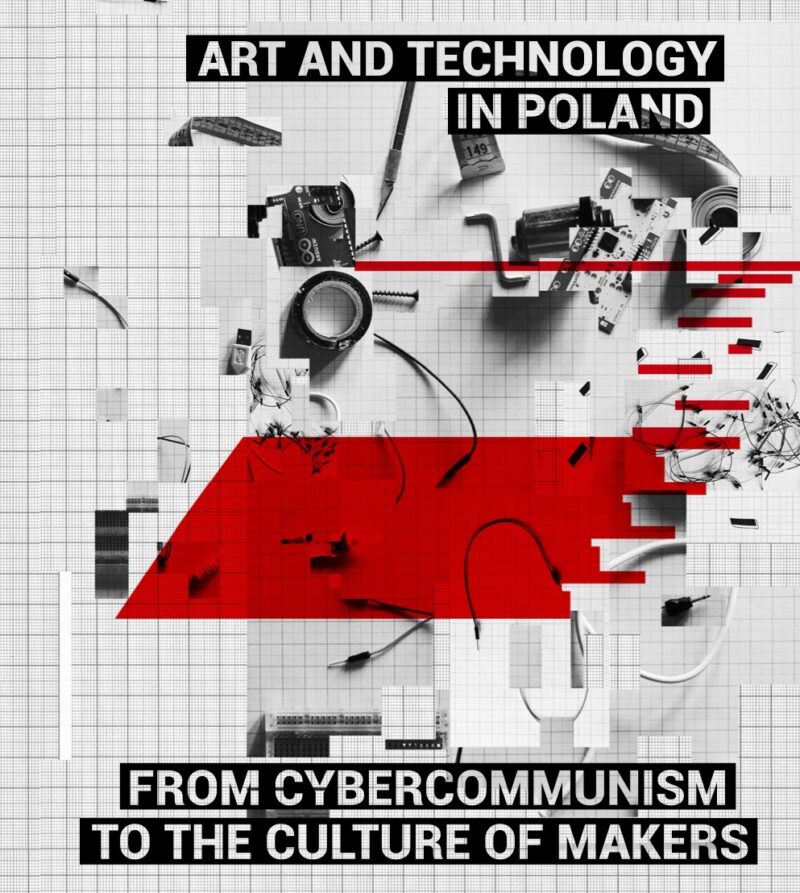
Art and Technology in Poland. From Cybercommunism to the Culture of Makers (ed. A. Jelewska)

Ekotopie. Ekspansja technokultury (A. Jelewska)
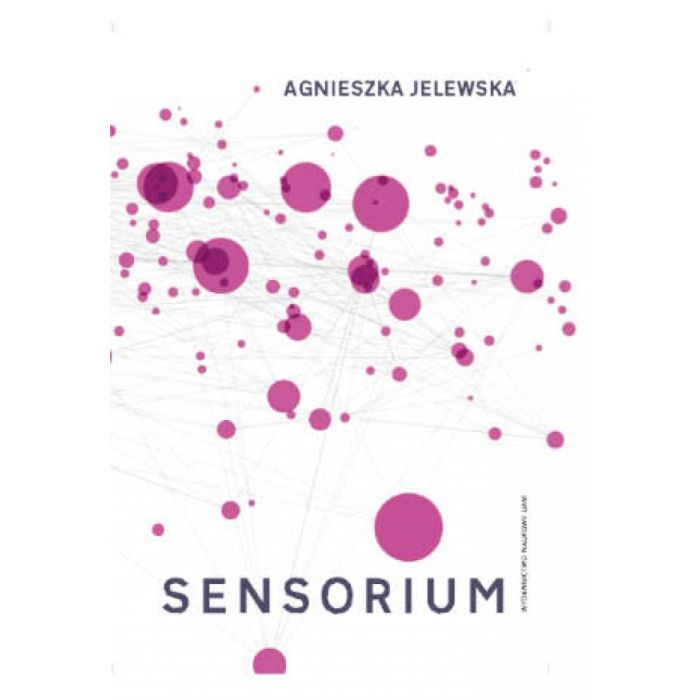
Sensorium. Eseje o sztuce i technologii (A. Jelewska)
Artykuły
Nowe technologie – nowe praktyki? Artywistyczne działania na rzecz zmiany społecznej w Dolinie Krzemowej
Czas Kultury
Aleksandra Kosior (Binicewicz), Joanna Pankau
Autorki poddają refleksji artywistyczne działania antykryzysowe kolektywu The Anti-Eviction Mapping Project (AEMP) działającego w Zatoce San Francisco. Ich aktywność rozpostarta jest pomiędzy wymogami dostosowywania się do neoliberalnej rzeczywistości technosfery (Doliny Krzemowej) a wykorzystywaniem adaptacji do gromadzenia nowych kompetencji i wiedzy w celu wypracowania krytycznych stanowisk. Przyglądanie się przestrzeniom technologicznie nasyconym, tak zwanym miejscom krzemowym przez pryzmat działań artywistycznych AEMP pozwala nam zwrócić uwagę na zmiany współczesnego zaangażowania artywistów pod wpływem pojawiania się nowych narzędzi technologicznych. To one bowiem odgrywają kluczową rolę w rozpoznaniu przez autorki granic wytwarzanej przez kolektyw metodologii oporu. Analiza praktyk AEMP umożliwia również wgląd w trudności wychodzenia działaczy z antysystemowej narracji, która nie tylko jest niewspółmierna z proponowanymi przez nich interdyscyplinarnymi metodami, praktykami, systemami organizacji społecznej, ale zdaje się również stanowić przeszkodę dla możliwości wypracowania pozytywnego projektu społeczno-politycznej zmiany.
Słowa kluczowe: artywizm, nowe technologie, opór, technosfera, Dolina Krzemowa, antysystemowość
(English) Techno-Imaginations of a Nuclear Regime. How a Power Plant Became a Proxy Bomb
Navigationen - Zeitschrift für Medien und Kulturwissenschaften
Agnieszka Jelewska, Michał Krawczak
Ku humanistyce eko-logicznej, czyli przebudowa na czas kryzysu
Er(r)go Teoria - Literatura - Kultura
Miłosz Markiewicz
Celem artykułu jest przedstawienie propozycji uzupełnienia myśli humanistycznej o posthumanistyczne aktywistyczne narzędzia ontoepistemologiczne. W tym celu autor, biorąc za punkt wyjścia koncepcję posthumanistycznej wspólnoty, dokonuje przez jej pryzmat relektury oikologii – wyrosłej na gruncie śląskim nauki o domu. Posthumanistyczna oikologia ma stanowić przekroczenie ograniczeń, na jakie napotyka myśl ekologiczna, w kierunku autorskiej koncepcji eko-logiki. Uprawiana w jej duchu humanistyka ma stanowić afirmatywną odpowiedź na kryzys poznawczy związany m.in. ze zmianami klimatu i zapowiadaną katastrofą.
(English) Postdigital Collective Memory: Media Practices Against Total Design
Postdigital Science and Education
Agnieszka Jelewska
Wojna o prawdę. Metody otwartej weryfikacji, fact-checking i estetyka forensyczna – case study śledztw materiałów dezinformujących w wojnie ukraińsko-rosyjskiej
Dyskurs i Dialog
Aleksy Szymkiewicz
W artykule przedstawiono nowoczesne metody walki z dezinformacją oraz weryfikacji fałszywych informacji – fact-checking, OSINT oraz estetykę forensyczną – na podstawie analizy wybranych przykładów ze śledztw przeprowadzonych przez Stowarzyszenie Demagog. W pierwszej części tekstu lapidarnie zreferowano przyczyny wzrostu znaczenia i natężenia problemu dezinformacji, a następnie opisano nowe metody ograniczania jej skali. Druga część publikacji prezentuje analizę przypadków śledztw przeprowadzonych na materiałach o charakterze dezinformującym w kwestiach związanych z wojną rosyjsko-ukraińską.
Ruch QAnon i masowa radykalizacja nowej prawicy. Wykorzystanie struktury Internetu przez ekstremistyczny ruch konspiracyjny w celu pozyskania zwolenników i szerzenia propagandy
Przegląd Zachodni
Aleksy Szymkiewicz
Fenomen społeczności QAnon jest istotny z dwóch głównych przyczyn. Przede wszystkim w sposób niepozostawiający wątpliwości dowodzi, że żyjemy w rzeczywistości hybrydowej, zacierającej granice między światem offline i online. Po drugie wskazuje również na skalę, w jakiej Internet jako medium wpłynął na życie społeczne, a w konsekwencji na jego struktury. Działalność ruchu Q stawia pytania dotyczące między innymi funkcjonowania w cyberprzestrzeni, polityki platform społecznościowych i nowych strategii ruchów radykalnych. W artykule podjęto problem wpływu Internetu na kształtowanie się ruchu QAnon oraz proces radykalizacji jego członkiń i członków.
Wąskie wizje cyfrowej rewolucji w mapowaniu. Usytuowanie Canada Geographic Information System w perspektywie feministycznej krytyki nauki i technologii
Widok. Teorie i Praktyki Kultury Wizualnej
Elżbieta Kowalska
Na początku lat 60. XX wieku w Kanadzie rozpoczęto prace nad jednym z najbardziej dziś rozpoznawalnych, „założycielskich” komputerowych systemów do tworzenia przestrzennie zlokalizowanej bazy danych, zawierającej różnorodne dane społeczne, środowiskowe i ekonomiczne, oraz cyfrowej kartografii. To dzięki tym mapom decyzje dotyczące rozwoju ekonomicznego miały być podejmowane sprawniej i lepiej – cały program powstał wraz z inicjatywą wprowadzenia lepszych praktyk zarządzania krajowymi zasobami. Historia tego w pewnym sensie legendarnego programu ma znacznie szerszy wymiar. Owo „lepsze zarządzanie” ostatecznie nie przyniosło korzyści w kontekście rozwoju terenów wiejskich, umocniło natomiast kwitnącą w tym okresie urbanistykę, przemysł oraz nowoczesne koncepcje związane z rekreacją i wypoczynkiem. Canada Geographic Information System (CGIS) pozwalał na produkcję łatwo przyswajalnej kartograficznej formy, która zdawała się kompleksowo i obiektywnie pokazywać mapowane terytorium, ostatecznie zaś wspierała kolonialne schematy ugruntowane w poprzedzających rozwój tego systemu działaniach białych europejskich osadników.
(English) Spectrograms of the environment: entangled human and nonhuman histories
Possibles. Proceedings of 27 International Symposium on Electronic Art
Agnieszka Jelewska, Michał Krawczak
(English) Counter-Mapping with Sounds in the Practices of Postdigital Pedagogy
Postdigital Science and Education
Michał Krawczak
(English) Decolonizing Visuality: The Artistic and Social Practices of Andrea Carlson
JOLMA
Oliwia Olesiejuk
Rola spekulacji w wytwarzaniu wiedzy odnoszącej się do kryzysu klimatycznego. Przykład dwóch interaktywnych platform cyfrowych
Czas Kultury
Oliwia Olesiejuk
Przedmiotem artykułu są dwie platformy cyfrowe powstałe w latach 2019–2020: Mississippi. An Anthropocene River [“Mississippi”] oraz Feral Atlas. The More- -than-Human Anthropocene [Feral Atlas]. Stanowią one efekt transdyscyplinarnych praktyk poświęconych poszukiwaniu nowych metod i metodologii w odniesieniu do problemów kryzysu klimatycznego. Projekty w różny sposób angażują badania wyrosłe z nowej humanistyki, szczególnie z dyskursów nowomaterialistycznych i dekolonialnych. Ponadto wykorzystują spekulację jako metodę otwierającą na nowe problemy, jakie ujawniają się w relacjach pomiędzy ludzkimi i nie-ludzkimi jednostkami, zjawiskami i procesami. Korzystając z metod odwołujących się do zachodnich modeli wytwarzania wiedzy, praktyki te poszukują sposobów włączania doświadczeń i podejść społeczności niezachodnich. Głównym celem tekstu jest pokazanie na przykładzie powyższych platform cyfrowych roli, jaką odgrywają projekty spekulatywne w kreowaniu nowych przestrzeni, środowisk i metod badawczych koncentrujących się na problemach klimatycznych. Poruszona zostanie również kwestia zagrożeń, jakie wiążą się z włączaniem rdzennej i dekolonialnej wiedzy do działań realizowanych przez zachodnie instytucje i badaczy.
Pierwsza część artykułu odpowiada na pytanie, dlaczego wobec kryzysu klimatycznego potrzebne są nowe metody i metodologie badawcze, jaką rolę w ich poszukiwaniu odgrywają dyskursy nowomaterialistyczne i dekolonialne, oraz tłumaczy znaczenie spekulacji jako narzędzia wykorzystywanego w ramach tych koncepcji. W drugiej części analizuję obydwa projekty pod kątem ich założeń teoretycznych, zrealizowanych działań, architektury stron internetowych i sposobów poruszania się po nich przez użytkowników
(English) How Gandhi Went Nuclear: Potentiality of the Archiverse in Civilization VI
Studia Humanistyczne AGH
Jakub Alejski, Elżbieta Kowalska
(English) Video-Remediations: From Transmission Medium to Data Landscape. Three Phases of Video-Remediations
Remediation: Crossing Disursive Boundaries. Central European Perspective
Agnieszka Jelewska, Michał Krawczak
Images Out of Sight: Some Remarks on Moderating Online Content
View. Theories and Practices of Visual Culture
Miłosz Markiewicz
The article is an attempt to reflect on the issue of content moderation on the Internet, in particular, visual content. The author refers to the book „Algorithms of Oppression,” in which Safiya Umoja Noble describes oppressive discrimination systems functioning within the network, as well as two narratives describing the work of the so-called content moderators – artistic installation „Dark Content” and documentary „The Cleaners.” The author asks about the ways of the existence of a digital image that has been removed from the web, raises the issue of its non-presence, and also reflects on the place of power and supervision in the ontology of digital visuality.